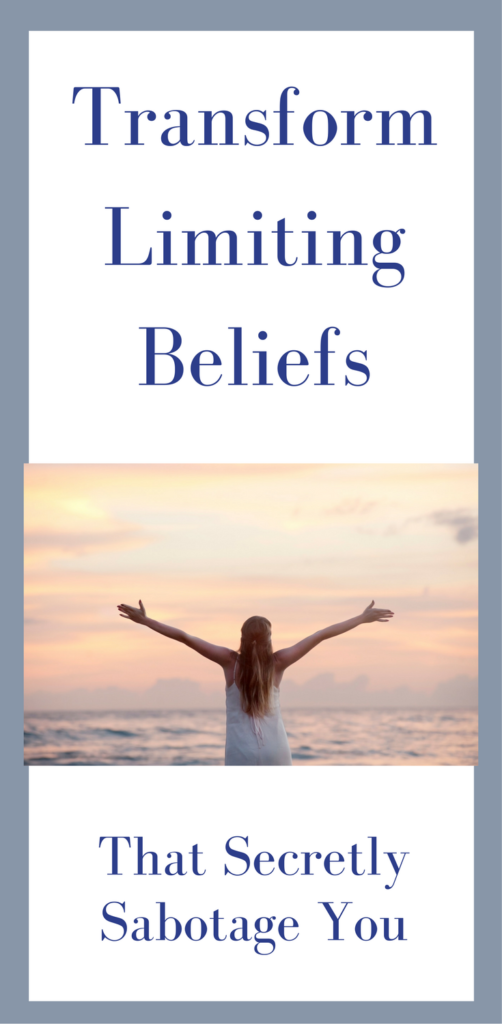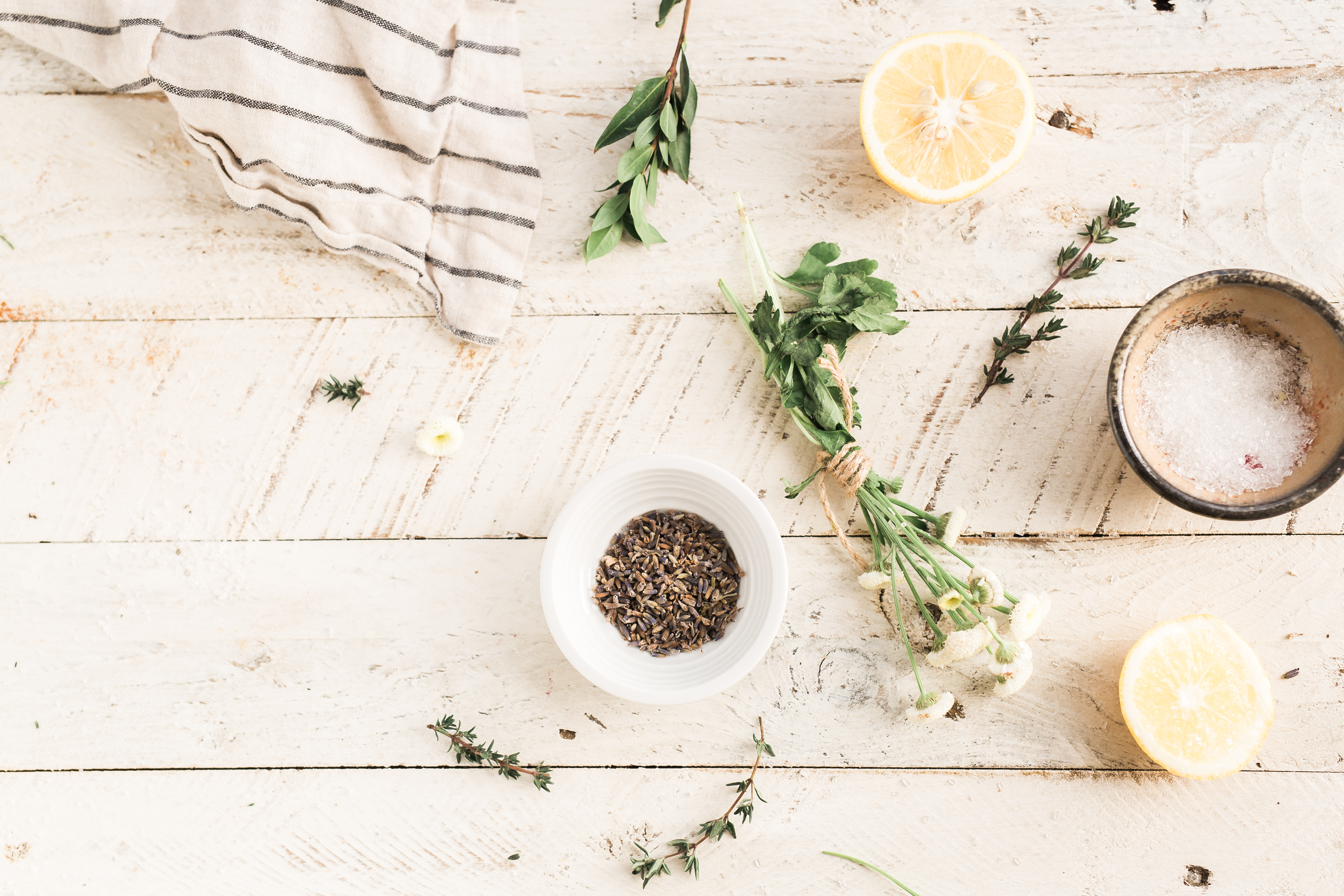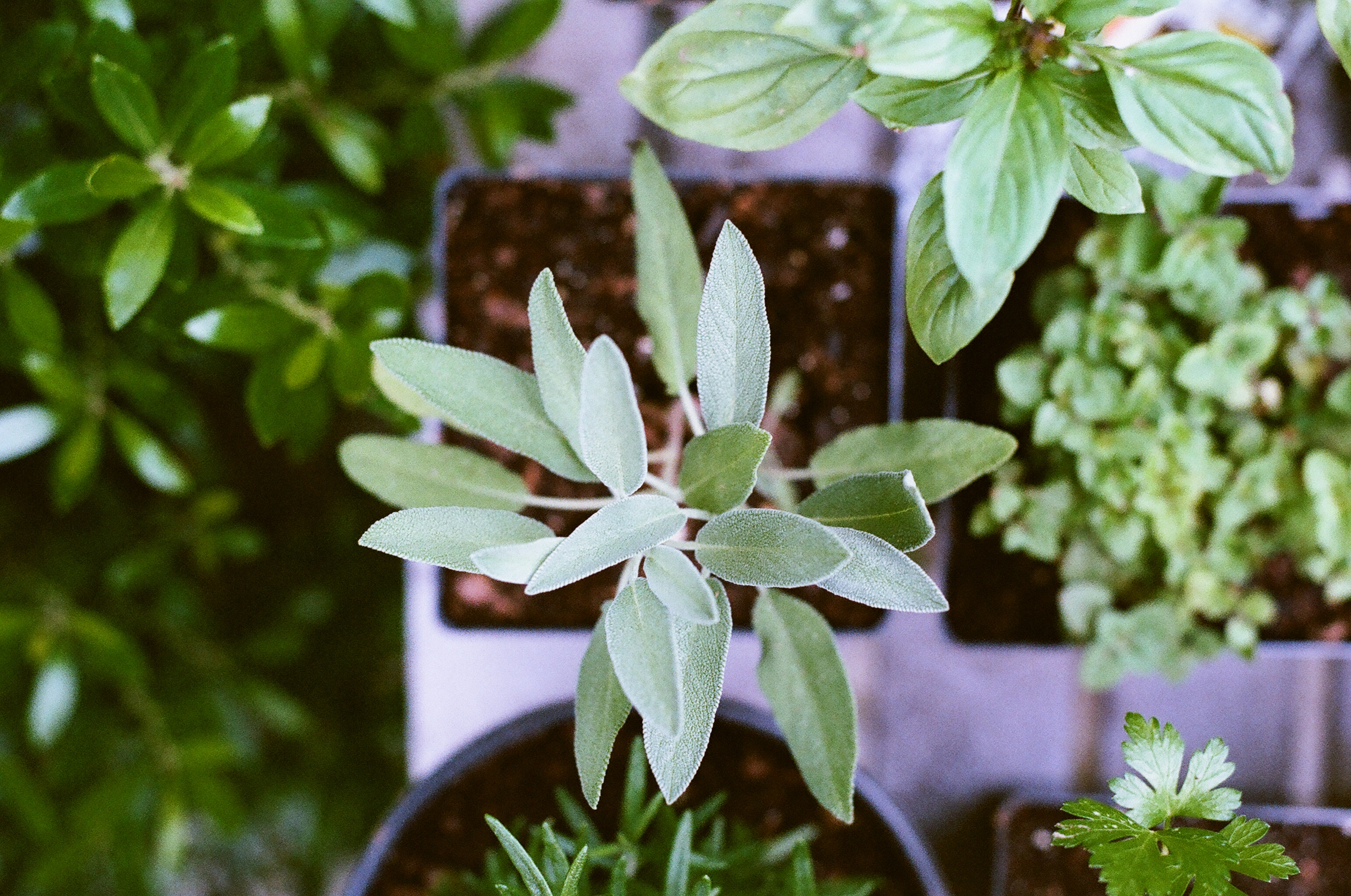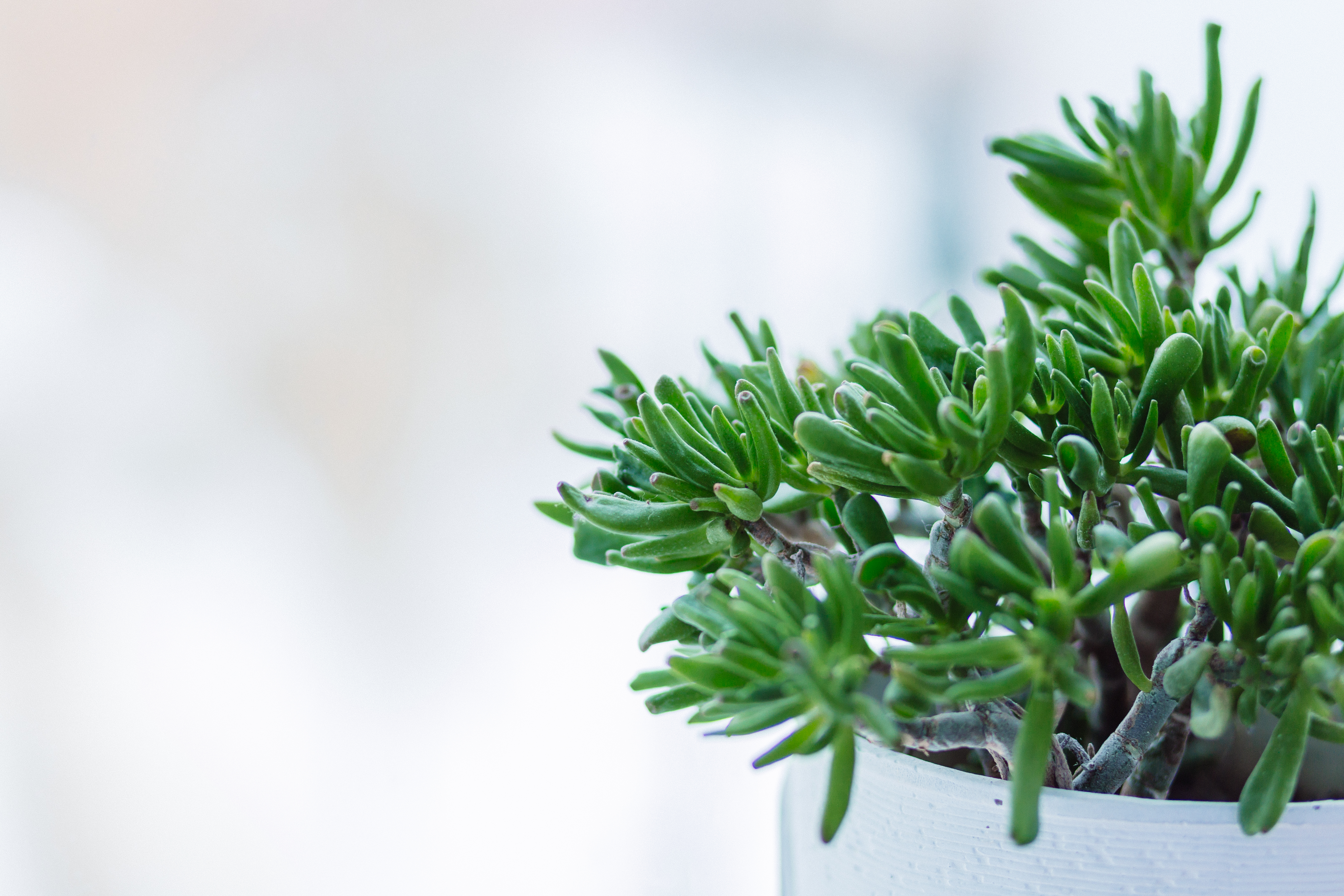
by Caroline | Sep 16, 2017 | Lifestyle
I am so excited to have guest bloggers Lily and Rachel from www.thedaisylifeblog.com here to share their thoughts and tips on failing forward. These Toronto based bloggers focus on wellness, self-care, and positivity (so CLEARLY we connected immediately thanks to Instagram). Their blog also includes posts about finance, career, and relationships. Their goal is to make the world a brighter place, one blog post at a time.
You will fail. Read that again because the reality is at some point in life, you will fail. This failure may be because you didn’t put in enough effort or because you gave up too soon or it may even be due to variables that we out of your control. Regardless of the reason why, the result remains the same: you failed.
I know you’re probably thinking right now that this post is sounding a little harsh and not really a typical Daisy Life post. But that’s the problem. You see failure as a bad thing. I never once said failure was bad. Read the first paragraph again. See? All I said is that you failed. We’ve been taught to see failure as a negative thing. Think way back to elementary school spelling quizzes. Failure meant extra practice and no one wants extra spelling homework.
Are all failures good? Probably not. But is anything ever truly totally good or totally bad for you? The point is, we need to change our thinking. Yes, failure sucks in the moment. Yes, you are entitled to your feelings of frustration, anger, and defeat. But you also have the power to fail forward.
To fail forward means to view failure as an opportunity to identify what went wrong and do better next times. To fail forward means you see failure as a stepping stone to future success rather than a permanent road block standing in the way. Here are four simple steps to help you fail forward:
Identify what went wrong
Did you skip all of your workouts this week? Did you have that piece of cake even though you’re trying to limit refined carbs? Did you not get chosen for that promotion at work? Whatever happened, ask yourself why? Again, sometimes the reason may be beyond your control. And sometimes it may seem as if there is no reason at all. If this is the case, revisit the failure a few weeks from now and see if you can figure it out. Failure can be emotionally taxing and sometimes we need time and space away from the event to allow us the necessary distance to critically analyze the failure.
Develop an action plan for the future
Okay, great. You’ve identified what went wrong. Now, how are you going to use this knowledge to identify what went wrong to make sure the same failure does not happen again. Try to use if/then statements to help you see the cause and effect.
Here are some examples of if/then statements from our aforementioned scenarios:
If I am too busy to do my regular workout, then I will do a shorter, modified workout that I will have time for.
If I really want that piece of cake then I will ask someone to split it with me so that I don’t have to eat the whole thing.
If I ask my boss for feedback on my interview then I can use that feedback to identify my areas of growth and prepare myself to interview for the next position.
Be realistic about your goals
Awesome! You’ve developed an action plan! Now you’re ready to failure forward right? Well, almost. Take a second to re-evaluate your goals. Are they realistic or are they too harsh? Yes, it is important to be disciplined, but it is even more important to set attainable goals so that you can actually achieve success. Take a look at the goals we’ve made, they are all achievable and thus we are setting ourselves up for success.
Be thankful for the failure
Look at you! You’ve taken a failure and figured out a way to fail forward. Pretty amazing right? But have you truly failed forward? You will know that you are failing forward when you are actually thankful for the failure you experienced because it is an opportunity to learn and grow.
Remember, failure is inevitable. We all fail at some point so you might as well fail forward!
When was the last time you chose to fail forward?

by Caroline | Sep 5, 2017 | Lifestyle |
In my journey toward greater self awareness, deeper spiritual connection, and living with more joy, I have learned a little bit about limiting beliefs. When it’s all boiled down limiting beliefs are the biggest reason why we don’t experience positive change, no matter how much we may want it. From a very young age we all started putting together beliefs about how the world works, and who we are as people. Every time we’ve encountered a situation or lesson we’ve developed a belief or a story about it. What I’ve learned is that you can create MASSIVE transformation by identifying your limiting beliefs, and then creating a new story.
Some examples of limiting beliefs.
- I will never stick with a fitness program, I’m just not motivated.
- I don’t have the skills, money, or resources to make my dream a reality.
- My anxiety will never get better.
- I feel like shit, so I will always be tired, sluggish.
- I am not confident in my own skin.
- I don’t have a purpose.
- It’s impossible to wake up early.
How they hold us back
We hold on so tightly to our beliefs (whether they are productive or not) as if they are a cornerstone of our identify. And this creates patterns of behavior within us. Maybe we avoid things because we have beliefs about certain things being painful or challenging. Or maybe you don’t go after what you want because you believe you can’t have it. Perhaps you once had a great idea for a service or product and somebody told you it was a stupid idea, and from then on you believed that you couldn’t dream or create. What if we could change those beliefs to help us live better, more fulfilled lives?
Fear is just a limiting belief, a story you tell yourself to keep you from moving forward.
Where do they come from?
These stories can stem from a past experience where you were taught something about the world and believed it to be true. Like when kids made fun of your speech impediment so you believed that your voice didn’t matter and you were better off staying quiet, resulting in you holding back from shining in school, communicating your needs in relationships, or advancing in your career. Or maybe you had an untrustworthy father or boyfriend, and now you believe all men are untrustworthy d-bags, resulting in you having relationship after relationship with the wrong people, and not fully loving or trusting anyone.

How to Identify These Beliefs
During training with my teacher Gabrielle Bernstein, I learned how to witness these fear based stories and how they how up and block me in my life. I was given tools to identify where these stories came from and how to shift my perspective, and I want to share them with you. These questions are adapted from Gabby’s Fear Inventory. The key when answering these questions is to get totally honest with yourself and dig deep to better understand your patterns.
Fear Inventory
What is the fear based story from your past that is blocking you? Is there something from your childhood that gave you an idea that you then started to believe as true about the world? Think about your relationships and experiences from your past. Are there any beliefs or fears that you have developed from an early age? How does that block you from experiencing flow and joy in your life?
In what ways does this story hold you back from stepping into your power? Does this story hold you back in any way from living your greatest potential? “Your power” is another way of saying “the greatness that you are.” Are you afraid of going after certain things in life because of this belief?
How does this stop you from showing up in your life and career fully? Are there ways in which you are holding back or playing small, when you know you are capable and deserving of more?
How do you compare yourself to others? Do you compare yourself to others in the areas of success, looks, family, career, happiness etc? What do you say to yourself in those instances? Do you notice any fear based stories come up when you are comparing? For example: “I’ll never have the type of success/career as someone else does.”
How do you judge yourself? Going along with comparison, do you judge yourself when you compare yourself to others? What judgmental things do you say to yourself when you compare yourself to others? When not comparing yourself to others, do you judge yourself for the thoughts and feelings that you have?
When you think of your fear story and how it holds you back what does it feel like? How does it feel emotionally?
What does it feel like physically? How does fear and judgement and anxiety show up in a physical way? For example: Headaches, jaw clenching, nausea, racing heart, tight chest, shallow breathing, tense shoulders etc. Where do you feel it in your body? Describe where it is and how it feels. Give it a color, a name, a voice, a place where it lives. Where did it come from, what does it feel like?
Get really honest with yourself when you answer these questions. Sit down with your journal and see what comes out.
Remember: The more you recognize your fear and bring it into the light the more free you become. You may feel a mixture of things: pissed, resistant, open, peaceful, numb, shocked, irritated, hopeful, vulnerable, doubtful, sad grateful, freedom, release. If you start off your journey by expecting to only think happy thoughts, and say magical affirmations, you are just building a house on sand. This work of identifying fear based thought systems and beliefs will help you build your house on a solid foundation.
Gratitude: We should be grateful for all the situations that make us most uncomfortable because without them we would not know there was something unhealed in us. Say thank you to your wounds. It is your deepest pain that allows you to grow into your higher self.
Mantra: “Inner guide, I surrender this fear to you. Thank you for helping me reorganize this limiting belief and transform it to a new belief.”
“If we don’t show up for whats up it will keep coming up.” -Gabby Bernstein
If you found this helpful share it with a friend or pin it to Pinterest!
xo,



by Caroline | Apr 17, 2017 | Lifestyle
Have you ever had a burst of inspiration and motivation when it comes to a goal you want to achieve? Right away you start planning out how you will achieve that goal. You get super excited about how you will feel once you achieve it. Then a week later you’ve forgotten about it. Has that ever happened to you?
Let’s be clear, you didn’t forget because you don’t care or because you’re too lazy. Life happens! Other things come up that take priority, and other things get pushed to the back burner. Maybe an illness takes you out for a few days, a big deadline at work keeps you preoccupied, or your favorite show is now available on Netflix, so clearly a binge-fest is in order.
The problem isn’t a lack of motivation. The problem is that when your goal is not staring you in the face every single day it’s easy to forget about it. Like that shirt that fell to the back of the closet and you find it a year later thinking “oh I love this top, I didn’t even realize it was gone!” When we don’t put it in front of us often enough we move onto the next thing that is in front of us.
So how do I prevent losing sight of my goals when everything else in live is fighting for my attention?
1.Commit to a daily visualization practice
Do you remember when you initially envisioned how you would feel when achieving a goal? You saw yourself as the person you wanted to be after the goal was accomplished. You made an emotional connection with the outcome. If we aren’t emotionally charging ourselves up about the goal on a regular basis we easily forget about it.
Now, the key isn’t just to picture yourself crossing the marathon finish line or seeing your book on the shelf at Barnes & Noble. Whatever your goal is, you have to also picture yourself working towards it every day, and see yourself sticking with it through the tough times to make it happen. If your goal is to lose weight, don’t just picture how you will look and feel once it’s accomplished! Picture yourself every day getting up and pressing play on your work out, even when you’re tired and bed looks so much more inviting. See yourself pushing through those last 30 seconds of burpees, sweat dripping off your face. Or if your goal is to write and publish a book, picture taking the time every day to sit down and write. See the distractions that you maneuver around like an expert level ninja. Nothing is getting in your way!
Also picture how you deal with setbacks. So your big proposal at work got turned down, or you put on a few extra pounds over Christmas. How do you picture yourself bouncing back from the setbacks? This is the crucial component to your visualization practice because WE ALL HAVE SET BACKS. But we forget to prepare ourselves for how to deal with them and not give up.
2. Get Social Support
You need to tell people about your dream! Share it with your family and friends, or the hundreds of strangers you follow on Instagram. Tell then WHAT you goal is, HOW you are going to accomplish it, and WHY it is so important to you.
There are two reasons why this is so important.
- To get support. You want people to cheer you on. The goal becomes a real living thing when you put it out in the universe like that.
- For Accountability for us procrastinators out there. That way when people ask you “so how’s that book coming” you are held accountable to that goal. Or of you are trying to establish a regular fitness routine you can buddy up with someone else who also has that goal, and be each other’s accountability partners.
“An unspoken goal is a hope.”
3. Have a weekly revisit of your goal from the past week
The last thing to do is to regularly check in with your goals. Each week schedule a time to sit down and measure yourself on a scale of 1-10 based on how you did in moving toward your goals. Notice where you messed up, quit, or stopped. Without making any judgements, see what has worked for you and what hasn’t. That way your progress serves as momentum rocket fuel and keeps you moving forward.

by Caroline | Apr 6, 2017 | Lifestyle
Anything that is based in centuries-old medicine and makes a big comeback that even the medical community acknowledges, I get kind of excited. We’ve seen this before with things that up until a few years ago were not part of mainstream culture like quinoa, rose water, and cacao.
So, introducing your newest wellness obsession, straight out of ancient times…ADAPTOGENS.
I actually heard about adaptogens a year ago on a podcast, but it was still so far from mainstream that I didn’t pay much mind to it other than “oh that sounds cool.” But now I’m seriously crushing.
What I love most is that they pack a double punch, as adaptogens are known for improving physical AND mental wellbeing.
If you don’t know by now I deal with anxiety which is why I am so passionate about taking care my my mind, body, and spirit. Well, adaptogens just made that whole lot easier.

What are adaptogens?
Adaptogens are a class of herbs and mushrooms that supports your body’s natural response to stressors.
Anything that taxes the body such as lack of sleep, illness, mental/emotional stress, a tough workout, or just a busy life with very little time for relaxation, will weaken systems and take away from our body’s ability to function at an optimal level. The negative effects of these stressors can build up over time, impacting our health and happiness. No bueno!! So what are we doing on a daily basis to combat these adverse influences?
Adaptogens are actually a broad term, encompassing many different types of herbs. Basically, they have to be non-toxic to the body (Le duh), and help support the functions of the body that bring it back to equilibrium when there is an attack on the system. They work on normalizing imbalances in the body the way a thermostat normalizes the temperature in a room if it goes too low or too high. Adaptogens can help the body’s cells access more energy, as well as calm you down in the face of stress.

Superstar Adaptogens
Ashwagandha– A powerful herb used to help increase vitality, endurance, and stamina, it also enhances endocrine function for adrenal and thyroid health. It has been used in Ayurvedic medicine to treat mental and physical exhaustion.
Asian Gingeng– A spice believed to help the bod withstand stress, restore and strengthen the body’s immune system, enhance the growth of new cells, promote a sense of wellbeing, and may protect against some types of cancer.
Eleuthero– Also in the ginseng family, this root spice has been used traditional Chinese medicine for treating muscle spasms, joint pain, and fatigue. It’s also known to improve memory and mild depression.
Rhodiola Rosea– Another root spice that helps regulate cortisol, the stress hormone that affects sleep and your ability to handle stress. It also positively affects brain function, heart health, and depression.
So I know what you’re thinking: This sounds like it’s to good to be true for us busy gals out there. Do they actually do what everyone says?
In doing some googling (the new standard for research), I found that adaptogens help support the adrenals, which are glands that manage the hormonal response to stress and fatigue. While adaptogens are not exactly a natural Xanax (…darn), I believe in supporting our bodies with all it needs to function at it’s highest, and that’s what adaptogens seem to do.
It’s really important to remember that adaptogens are just another tool in our wellness arsenal and don’t treat a specific condition. They’re best used for anyone looking to boost overall well-being, just like taking your vitamins and eating your greens.

How can I take adaptogens?
Adaptogens come in lots of different forms including pills, tinctures, powders, and teas. The main way I get adaptogens are through my superfood shake that I drink almost every day, as well as a powder that I can put in my tea or hot chocolate. It’s recommended that you take a day off from adaptogens about once a week because little breaks will let the herbs take effect in your system.
Of course you know your own needs, so it’s best to do your homework or consult an Ayurvedic medicine practitioner if you really want to begin a regimen of adaptogens to improve your health. I want you to know that I’m not a doctor, so I can’t tell you what to take and how much, but I do feel like this information is valuable and powerful when used correctly.
xo,


by Caroline | Mar 22, 2017 | Lifestyle
Hygee (pronounced hoo-gah) is the buzzword of the moment. I’ve heard it floating around for the past few months, but when my lovely friend Jenna hosted a hygge day for a group of ladies in our area I really got to experience the gloriousness of hygge. Needless to say I’m hooked!
Inspired to continue this philosophy in my own life, I had to share it with my readers. As a wellness advocate and passionate promoter of health and happiness, hygee is right up my alley. This is because I have learned that simple, cozy togetherness is essential to a healthy lifestyle.

WHAT IS HYGGE?
Hygge is a Danish/Norwegian word that broadly means feelings of coziness and togetherness.
Let me paint a picture… log cabin in the woods, snow on the ground, you and your friends are gathered around a crackling fire, wearing cozy sweaters, drinking a warm cup of something. There’s laughter, friendship, and a feeling of conviviality. Smiles abound, and the smell of good food permeates the air. The material world of excess and electronics is nonexistent. You relish in the simplicity of a cozy evening spent in good company. Are you hooked yet?
It’s widely accepted that the Nordic region is known to have some of the happiest people on the planet. I’ve always scratched my head over this one. Darkness and coldness most of the year? How are they not depressed? Maybe born out of necessity, hygge seeks to find the magic in the mundane. Not just for the cooler months, the hygge philosophy can be captured all year ’round. Taking a walk through a meadow and having a picnic on a perfect spring day. Oceanside fires and roasting marshmallows on a summer evening with friends. Am I converting you yet?
Come to think of it, I think I’ve been hygge-ing for many years and just didn’t have a name for it!
There is a simple sense of happiness when you enjoy these moments, that doesn’t come from how many likes you get on a Facebook post, or how many followers on your instagram. Ahhhhh. How refreshing!

HOW TO HYGGE?
To properly experience the magic of hygge, there needs to be some elements involved…Here’s what you need.
- Connection with nature and the seasons: Rather than fighting the elements during the harsher months, hygge emphasizes embracing the contrast of the seasons. Spending time in nature is calming for just about everyone, yet we lock ourselves indoors half of the year. Even in the winter, there are physical and mental health benefits from spending time outside. It’s also important to tune into the vibes of the season. How you hygge in the winter will be different than how you hygge in the summer.
- Being active: Going along with engaging in the outdoors, part of hygge is to get outside and move. Take a hike or go for a run. The outdoors is always preferable to the gym. Enjoy nature during any time of the year. I’ve heard there’s no bad weather, only bad clothing.
- Food: Eating simple, nourishing food is strongly emphasized, however, guilt free enjoyment of treats and alcohol is also an enjoyable part of life. I’ve always believed that restriction of any kind is not how I want to roll. When you don’t experience shame or guilt around having a treat you can enjoy the moment more fully, and won’t need the whole binge. Everything is meant to be enjoyed.
- Setting the mood: The right environment brings out the right feelings in all of us. Minimalist, yet warm, with natural elements and soft colors is a very Nordic aesthetic, and it lends itself to the enjoyment of simplicity and beauty. If you’re not ready for the Scandinavian home makeover, just remove the clutter and light some candles. The idea is to create a sanctuary in the middle of everyday life.
- Kinship: Hygge can be practiced alone, but it’s much more enjoyable with friends. A small group of quality people is all you need. All are welcome.
So now you know how to hygge, I hope you incorporate some elements of this beautiful philosophy into your every day lives to experience a little more joy.
xo,


by Caroline | Mar 5, 2017 | Lifestyle
It’s really hard to keep your healthy eating habits while you are traveling. It’s almost impossible. You feel like you deserve that pina colada, after all the work you do, amiright?! After a lot of time hacking my health routines I’ve learned a lot about how to travel and not throw all those good habits out the window. I want to share some of what I’ve learned with you so that you can travel and still feel your best.
Traveling with Food
- Plan ahead!!! If you know you will be en route for 5 hours then pack several light snacks. However, if you will be traveling for 12 hours,meal prep the night before using a container that separates your meal into sections so that you have enough to last you the entire journey. Always keeping in ming if you are flying that what you bring on is allowed *side note I once brought vacuum sealed corned beef and cabbage on the plane…it was St. Patricks day*
Low maintenance foods that don’t need utensils or refrigeration are your friend:
- hard boiled eggs
- almond butter packet with sliced apples
- avocado, leftover chicken and salsa (just take a few pieces of leftover chicken and mix it with salsa and avocado chunks and you have yourself a delicious meal!)
- sliced bell peppers with hummus packets
- granola
- bananas
- aloha greens packets
- shakeology packets
- grain salad (quinoa and kamut berries are my favorite)
Eating Well While On Vacation
Usually when I go on vacation, most of my rules are bent, but always within healthy boundaries. If I have little control over what I’m eating because I’m at restaurants or someone’s house, I try to load up on the healthiest thing there but still enjoy other foods. When I went away skiing with my family my aunt made a delicious linguini dish. Normally I don’t like the way pasta makes me feel but I didn’t want to deprive myself either on this one occasion, so I took a smaller portion of the linguini and filled the rest of my place with the other veggies that were available. I don’t believe in deprivation but everyone must set their own individual boundaries. It took me a long time to learn what my food boundaries are.
- Don’t deprive yourself of anything you really want
- Eat those indulgence foods in small amounts
- Hangovers on vacation are not fun so set ahead of time how much you are willing to drink and stick to it. I usually am good with no more than one drink in about a 4-5 hour period.
Top Tips for Healthy Travel
- Bring your favorite organic tea bags with you. Most places do not have organic tea and I hate being stranded somewhere without tea, so I always keep a few teabags in my purse at all times. It also saves a ton of money bringing your own tea.
- Pre-plan your portable and healthy foods to bring with you. I find that granola, nuts, almond butter packets, and powdered greens or protein powder are best.
- Balanced indulgence. Don’t deprive yourself but certainly enjoy in moderation. Food and alcohol can be your friend or your enemy. You decide which one it is.
- Keep one part of your routine the same, whether it’s the time you wake up in the morning, your daily yoga/meditation practice, or 30 minutes of exercise. Keeping some part of your self-care routine consistent can really help when everything else is thrown off from your travels.
- Always take your refillable water bottle. Hydration is often lost in the shuffle of travel. If you don’t have access to filtered water, check out these charcoal water filters you can stick right into any water bottle.
I hope the next trip you take will be a little easier and healthier!
xo,

















